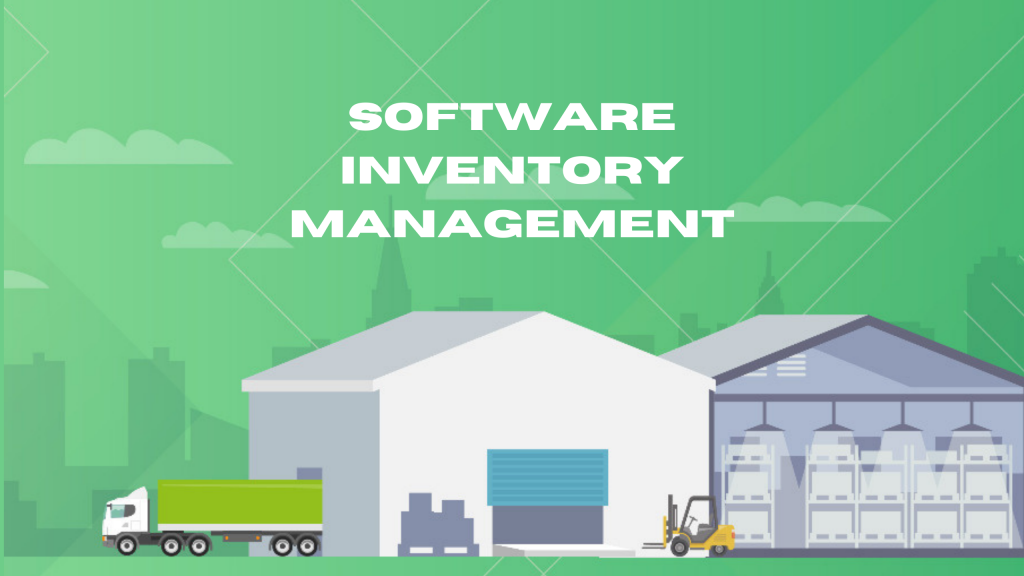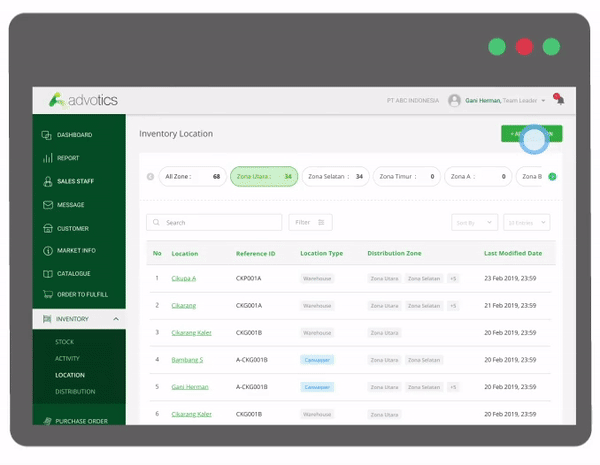
Table of Contents
In a warehouse, the level of product stock is influenced by external (purchase order) and internal (stock in) factors. The purpose of inventory management software is to keep the amount of stock at a reasonable level.
I. Inventory Management Process
The process starts with a new Purchase Order or Sales Order from the store, then the distributor’s or principal’s warehouse will receive and begin to prepare the product for delivery by couriers. From there, the product will be distributed to stores or areas that made the order. Upon arrival at the store, the product will be sold to the end-consumer.
Inventory management keeps the recorded stock levels updated according to the activity of fulfilling these orders and receiving goods from suppliers or production.
II. Importance of Inventory Management
Inventory level is closely related to Order Fulfillment Rate. The remaining stock status in the warehouse can influence the manager’s decision to re-order the item. If the information is not updated in real time, information that the manager gets is not the same as the actual conditions on the field. This can result in delayed order fulfillment, which results in exceeding the SLA to customers.
Read more: What is Order Fulfillment Rate? How can You Improve It?
III. The advantages of using inventory software
Inventory management can keep an accurate history of moving goods, get real-time information on stock levels throughout all warehouses, and prevent stock shortage. The system is directly connected to the Order Fulfillment and Delivery modules in the Distribution Management System to save paperwork and resources required for data compilation.
IV. Advotics Distribution Management System (DMS)
DMS helps operators, supervisors and management in seeing the stock level of goods at all warehouse locations, as well as goods being carried outside the warehouse by couriers, salesmen, or canvassers.
The system provides managers with comprehensive, real-time stock information so they can access stock levels and monitor where products are at any given time from anywhere and anytime.
When the goods leave the warehouse and are delivered to the customer, stock information can be updated automatically. This also applies for any stock adjustment, such as stock-in, stock transfer and stock count .
Read more: How to Convince Your Colleagues to Purchase Distribution Management System
V. Web portal for warehouse supervisor and management
The web portal is used to monitor and manage product stock in various warehouses. The system can monitor inventory levels in real-time, record and store stock transactions & history, up to monitor stocks that have been handed over from Principal to distributor.

a. Inventory stock
Monitor the stock of goods owned by the company (product and merchandise). Starting from the total inventory level such as the untaken stock amount (available stock), what has been ordered (booked stock), up to Cost of Goods Sold (COGS). Beside product inventory, the system can also monitor merchandise stock, along with a complete product description, such as product name, SKU, brand, and reorder level.
b. Inventory location
View a list of locations where the stocks are located. The location of the goods can be in a warehouse or in a canvasser who sells to customers by bringing product stock along.
c. Inventory activity (mutation)
Oversee the list of transactions that occur in each product inventory. Starting from stock-in, stock transfer, canvassing, to stock count.
d. Distributor activity information for Principal
Observe inventory stock information for each distributor (who works with the Principal), along with notifications if the stock level is below the reorder level or an overdue invoice is present.



